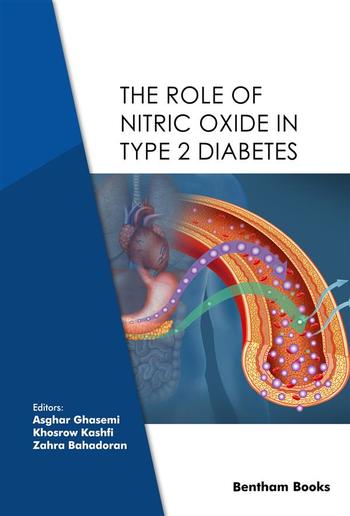
Asghar Ghasemi - The Role of Nitric Oxide in Type 2 Diabetes
The Role of Nitric Oxide in Type 2 Diabetes
Asghar Ghasemi, Khosrow Kashfi, Zahra Bahadoran
Description
Type 2 diabetes (T2D) is a complex metabolic disorder characterized by impaired glucose metabolism and pancreatic β-cell dysfunction. No effective treatments are available for T2D, although there have been many developments in the therapeutic arena. Nitric oxide (NO) is an endocrine agent with multiple and important biological roles in most mammalian tissues. NO has emerged as a central regulator of energy metabolism and body composition. NO bioavailability is decreased in T2D. Several of the pharmaceuticals used in T2D affect the NO system and perhaps even more so by the drugs we use to treat diabetic cardiovascular complications. Experimental works in animal models of T2D show promising results with interventions aimed to increase NO signaling. However, translation into human studies has so far been less successful, but more large-scale prolonged studies are clearly needed to understand its role. This book is a collection of reviews that deal with the role of nitric oxide in type 2 diabetes, providing a unique overview of NO signaling, and pointing out key areas for more detailed research. The book includes contributions about the pathophysiology of T2D, a brief history of discovery and timeline of NO research, a comprehensive overview of impaired NO metabolism in T2D, precursors of NO (i.e., L-arginine, L-citrulline, nitrate, nitrites, and NO donors), NO and T2D from genetic points of view, NO and diabetic wound healing, NO and osteoporosis, NO and hyperuricemia, NO and Alzheimer’s Disease, therapeutic applications of NO and NO donors in T2D. The compilation is of great value to anyone interested in the biochemistry of NO and its relationship to diabetes.

